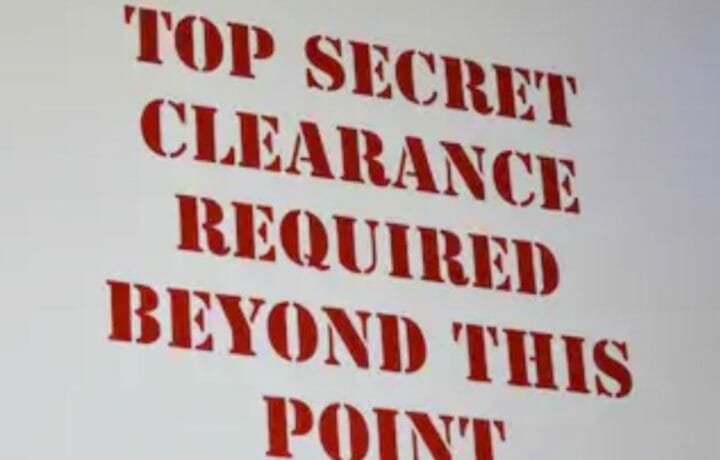There’s an old government adage that when it comes to developing new tech you can get fast, good, and cheap -but only two. If you’ve ever watched a government technology program grow, you could probably consider that triage very ambitious.
A recently released report from the Government Accountability Office (GAO) gives low marks to the cost and delivery schedule of the government’s personnel security vetting overhaul, the National Background Investigation Services (NBIS), echoing the concerns that have kept the government’s personnel vetting program on the high-risk list, and specifically requesting clearer timelines and cost estimates.
The Department of Defense began developing NBIS in 2016, following the OPM hack and a congressional mandate transitioning the government’s security clearance technology framework over to DoD hands. DoD didn’t just capture a technological mission, however – it also inherited OPM’s legacy system, which is kind of like getting married and discovering your new love interest has a lot of debt – like, $835 million in debt, which is how much DoD claims it spent maintaining the OPM legacy systems from 2020-2022.
The criticisms from the GAO report aren’t necessarily new news – DCSA has discussed their pivoting benchmarks over the past several years, along with delays in implementation. Even the elements that have been implemented – like the eApplication process – are behind schedule for initial projections. The focus has been on performance based benchmarks, and over the past several years DCSA officials have said they were avoiding the focus on sunsetting old systems, and keeping the focus on getting new systems up – and then considering what and when to sunset.
The other key area of criticism in the GAO report concerns cost estimates for NBIS. The program has cost more than half a billion dollars to produce, and GAO notes DCSA hasn’t implemented best practices for cost estimates, or collecting the data necessary to prevent cost increases and delays.
The final aspect of the GAO report was a bit more positive, and involved stakeholder engagement. Stakeholder engagement activities to both internal agencies and external partners was largely positive – 92% of stakeholders said they had engaged with the DCSA team and 92% of that group found that engagement to be positive. When it came to communication, industry stakeholders were the least satisfied.
The report recommends congress may need to get engaged to mandate benchmarks to help NBIS meet target – but with legacy systems set to be replaced by 2025, if the program can finish the race strong, it may be able to race to the finish first.




